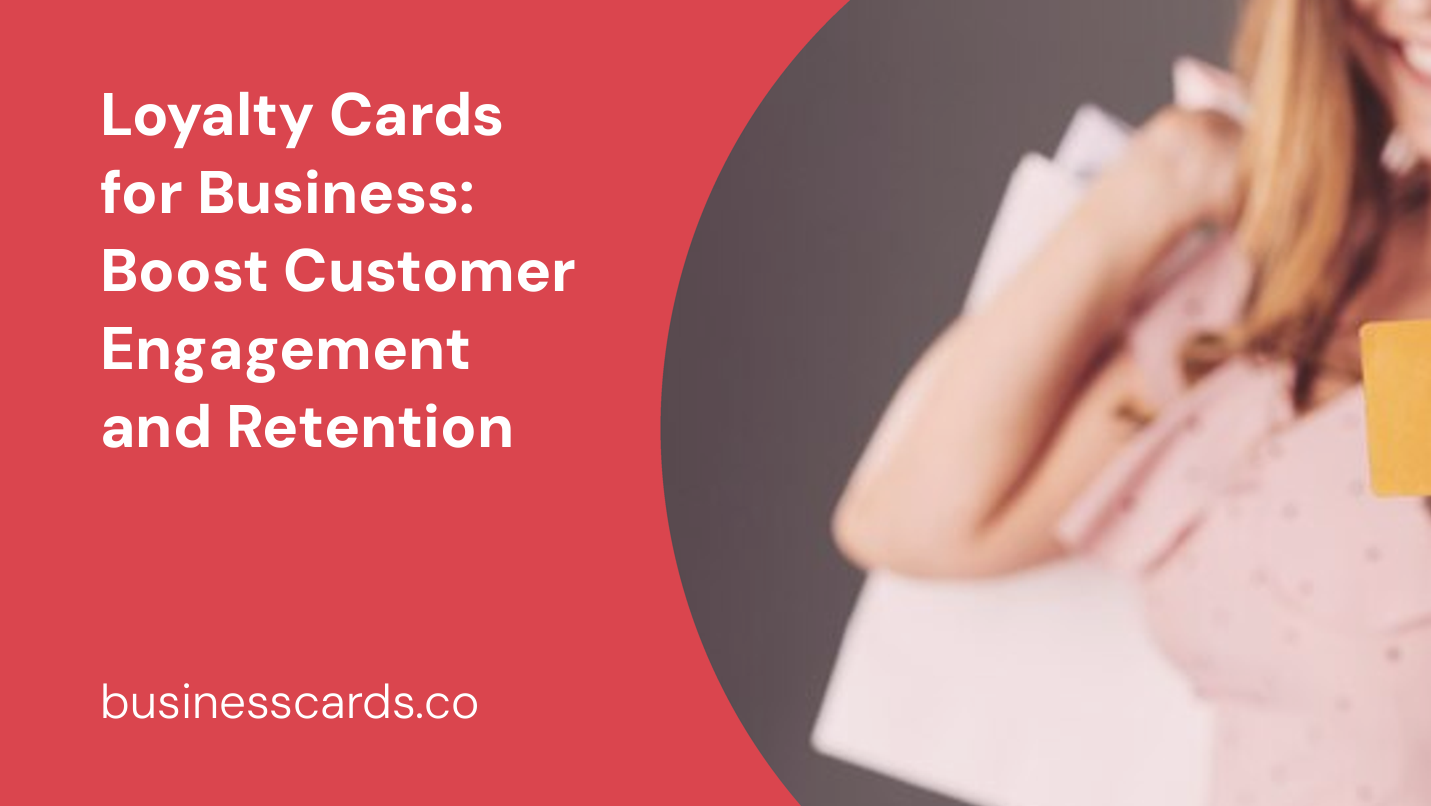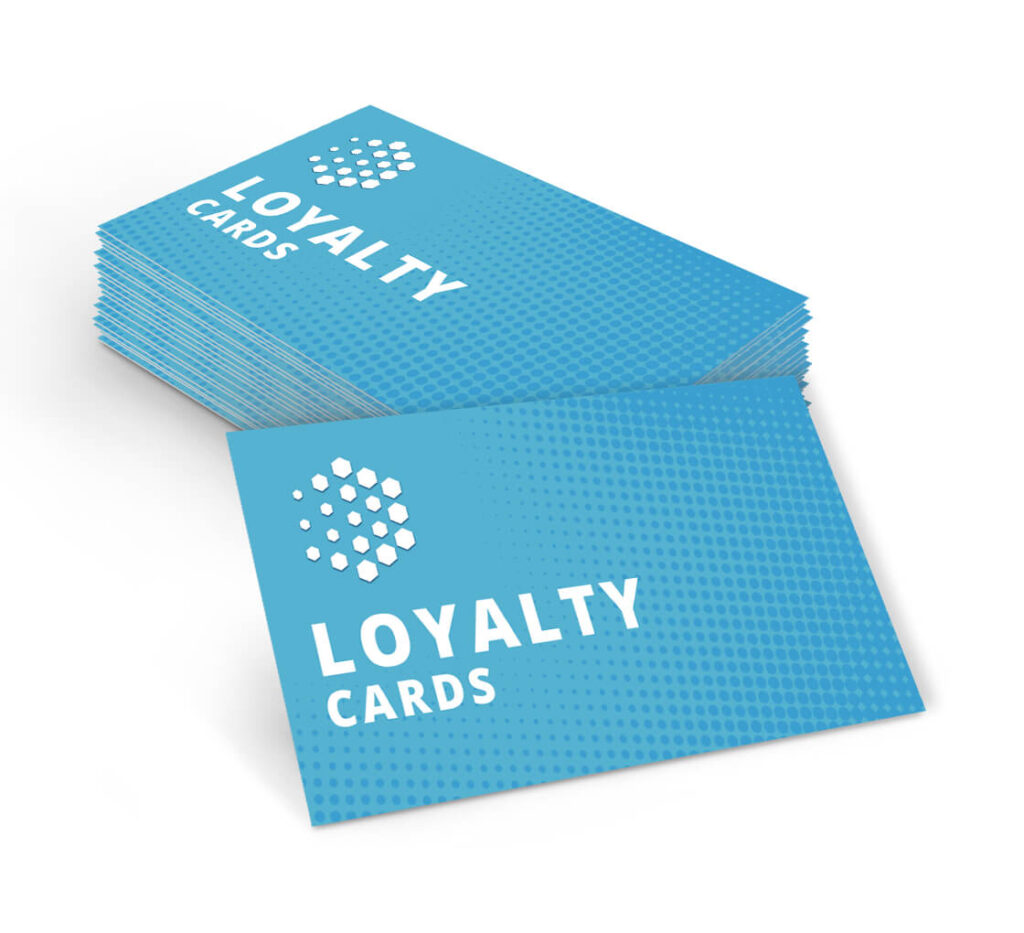
Are you looking for ways to improve customer loyalty and retention for your business? Look no further! Loyalty cards can be a powerful tool to strengthen your customer relationships and drive repeat business. In this article, we will explore the benefits of loyalty cards for businesses and provide actionable tips on how to effectively implement them.
Understanding the Power of Loyalty Cards

What are Loyalty Cards?
Loyalty cards, also known as reward cards or customer loyalty programs, are a popular marketing strategy used by businesses to encourage and reward customer loyalty. These cards typically offer incentives, rewards, and discounts to customers who frequent a particular establishment.
The Benefits of Implementing Loyalty Cards
1. Increased Customer Engagement
Loyalty cards provide an avenue for businesses to engage with their customers on a deeper level. By offering exclusive rewards and discounts, businesses can create a sense of exclusivity and make their customers feel valued. This engagement helps to foster a strong bond between the customer and the brand.
2. Improved Customer Retention
Retaining existing customers is crucial for business success. Loyalty cards incentivize customers to continue patronizing a particular business, as they feel that their loyalty is being recognized and rewarded. By offering attractive benefits through these cards, businesses can reduce customer churn and increase customer lifetime value.
3. Enhanced Data Collection and Analysis
Loyalty cards provide businesses with valuable data about their customers’ shopping behaviors, preferences, and purchasing patterns. This data can be leveraged to create personalized marketing campaigns, tailor product offerings, and make informed business decisions. By understanding their customers better, businesses can optimize their marketing strategies and improve overall customer experience.
4. Increased Sales and Revenue
When customers are rewarded for their loyalty, they are more likely to spend more and make frequent purchases. Loyalty cards encourage customers to choose a particular business over its competitors, leading to increased sales and revenue. Additionally, by analyzing customer data, businesses can identify and target high-value customers, further driving sales growth.
Implementing an Effective Loyalty Card Program

To make the most of a loyalty card program, businesses must design and implement it strategically. Here are some practical steps to get started:
1. Define Your Objectives and Target Audience
Before diving into the implementation process, clearly define your objectives for the loyalty card program. Are you aiming to increase customer retention, boost average order value, or drive more frequent visits? Additionally, identify your target audience, as this will influence the structure and benefits of your loyalty program.
2. Choose the Right Loyalty Card Structure
There are various types of loyalty card structures, including points-based systems, tiers, and punch cards. Evaluate your business needs and consider what would resonate best with your target audience. Points-based systems, for example, allow customers to accumulate points with each purchase, which can later be redeemed for rewards. On the other hand, tiered programs offer increasing benefits as customers move up the loyalty ladder.
3. Offer Appealing Rewards
The success of a loyalty card program hinges on the attractiveness of the rewards. Ensure that the rewards you offer are valuable and align with your customers’ preferences. This could include discounts, freebies, exclusive access to events or sales, or even personalized offers tailored to individual customers’ preferences.
4. Promote Your Loyalty Card Program
A well-designed loyalty card program is futile if your customers are not aware of its existence. Develop a comprehensive marketing plan to promote your program across multiple channels, including social media, email marketing, in-store signage, and your website. Emphasize the benefits and value your customers will gain by participating in the program.
5. Monitor and Analyze Results
Once your loyalty card program is up and running, it is essential to continuously monitor and analyze its performance. Track key metrics such as customer sign-ups, redemption rates, average order value, and customer lifetime value. Use this data to identify areas for improvement and to optimize your program for maximum effectiveness.
Conclusion
The implementation of a well-designed loyalty card program can significantly contribute to the success of a business, enabling increased customer engagement, improved customer retention, enhanced data collection, and increased sales and revenue. By understanding the power of loyalty cards and implementing them strategically, businesses can foster deep customer relationships and reap the long-term benefits of customer loyalty.
So, if you’re looking to boost customer engagement and retention, consider implementing a loyalty card program for your business. Your customers will appreciate the rewards and incentives, and you’ll enjoy the increased loyalty and repeat business that comes with it. Start reaping the benefits of loyalty cards today!
William’s writing reflects a deep passion for graphic design and marketing. With a background in the visual arts, he adds a unique perspective to his content. In his spare time, William enjoys visiting art galleries and seeking out the latest design trends.